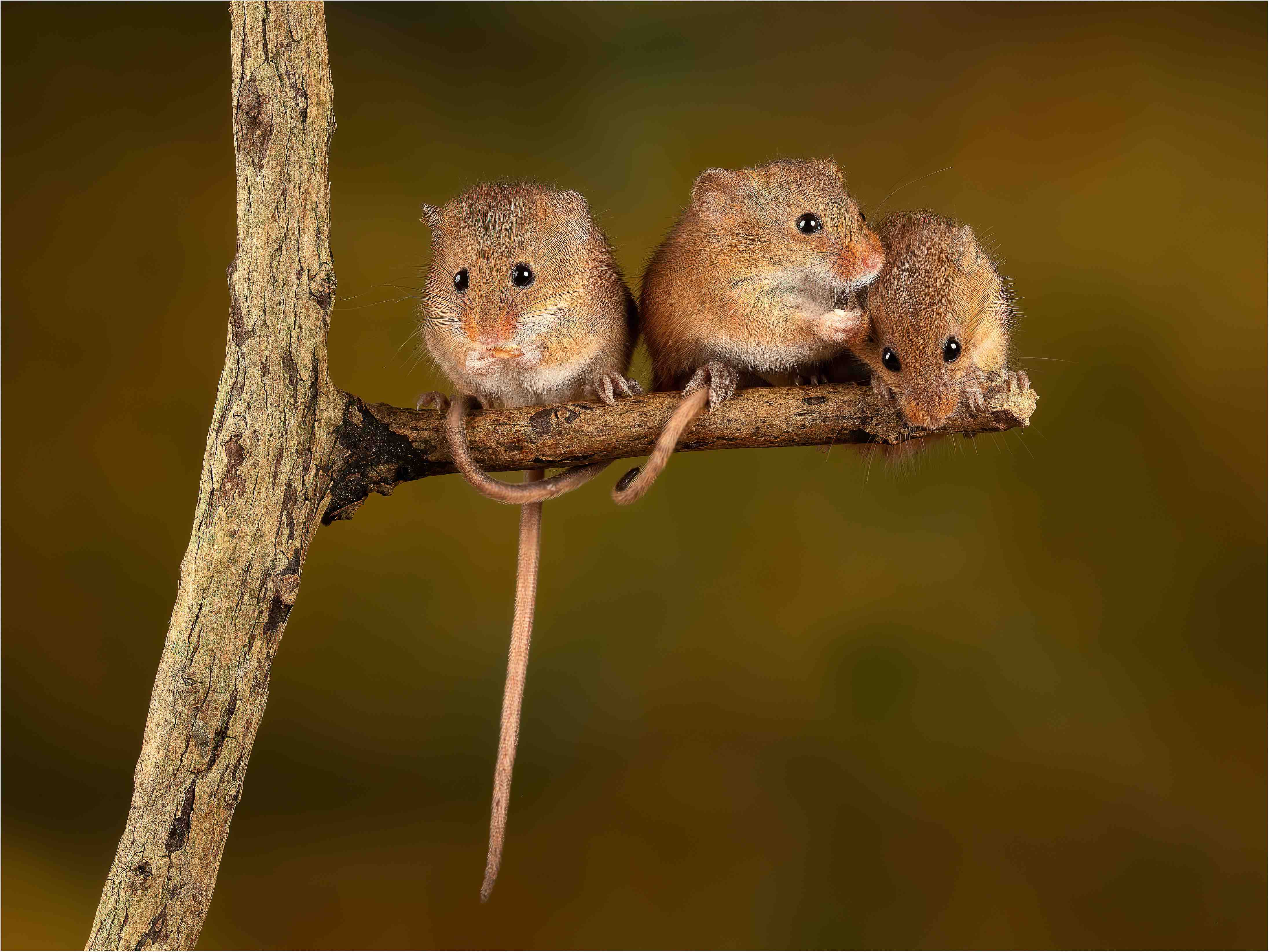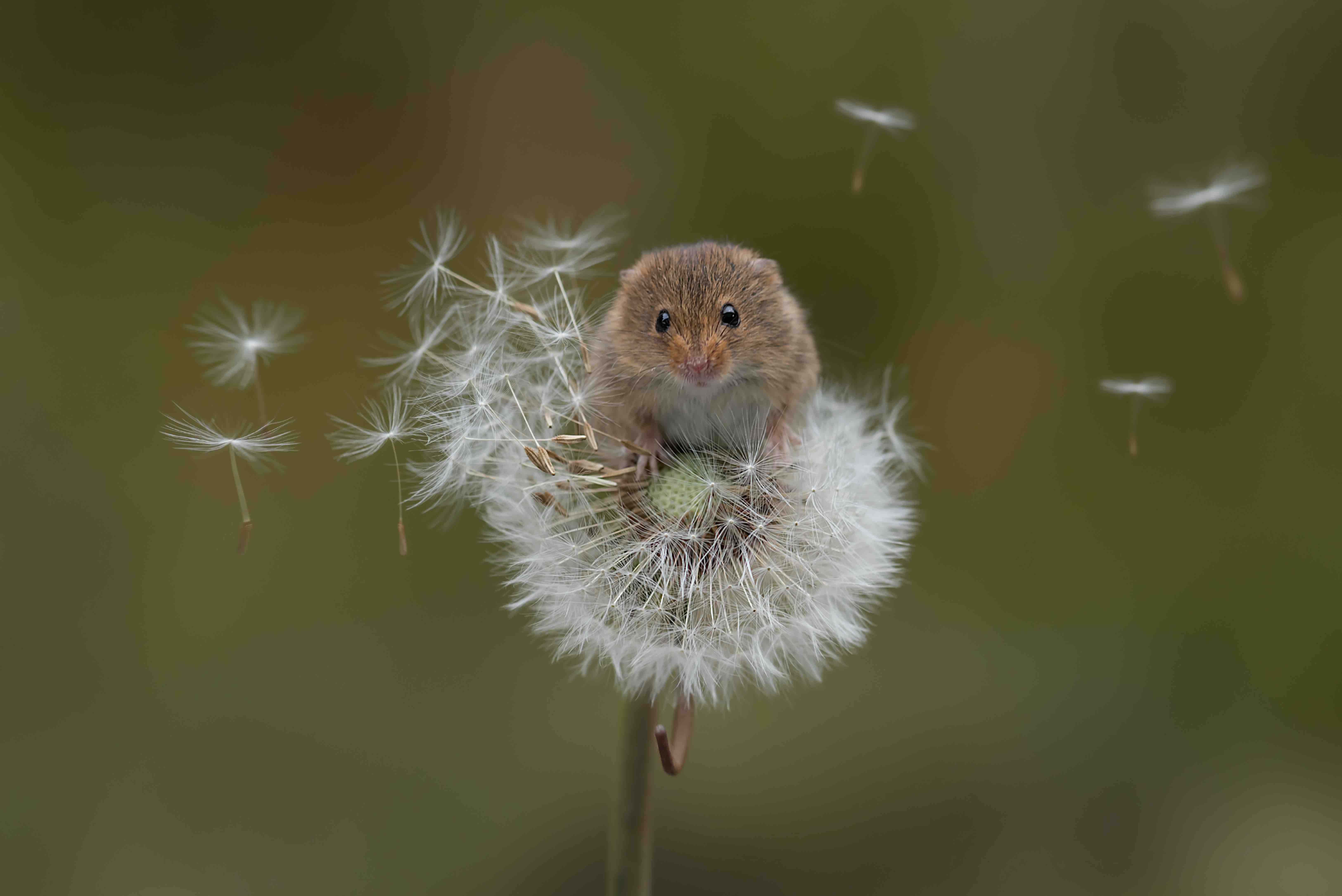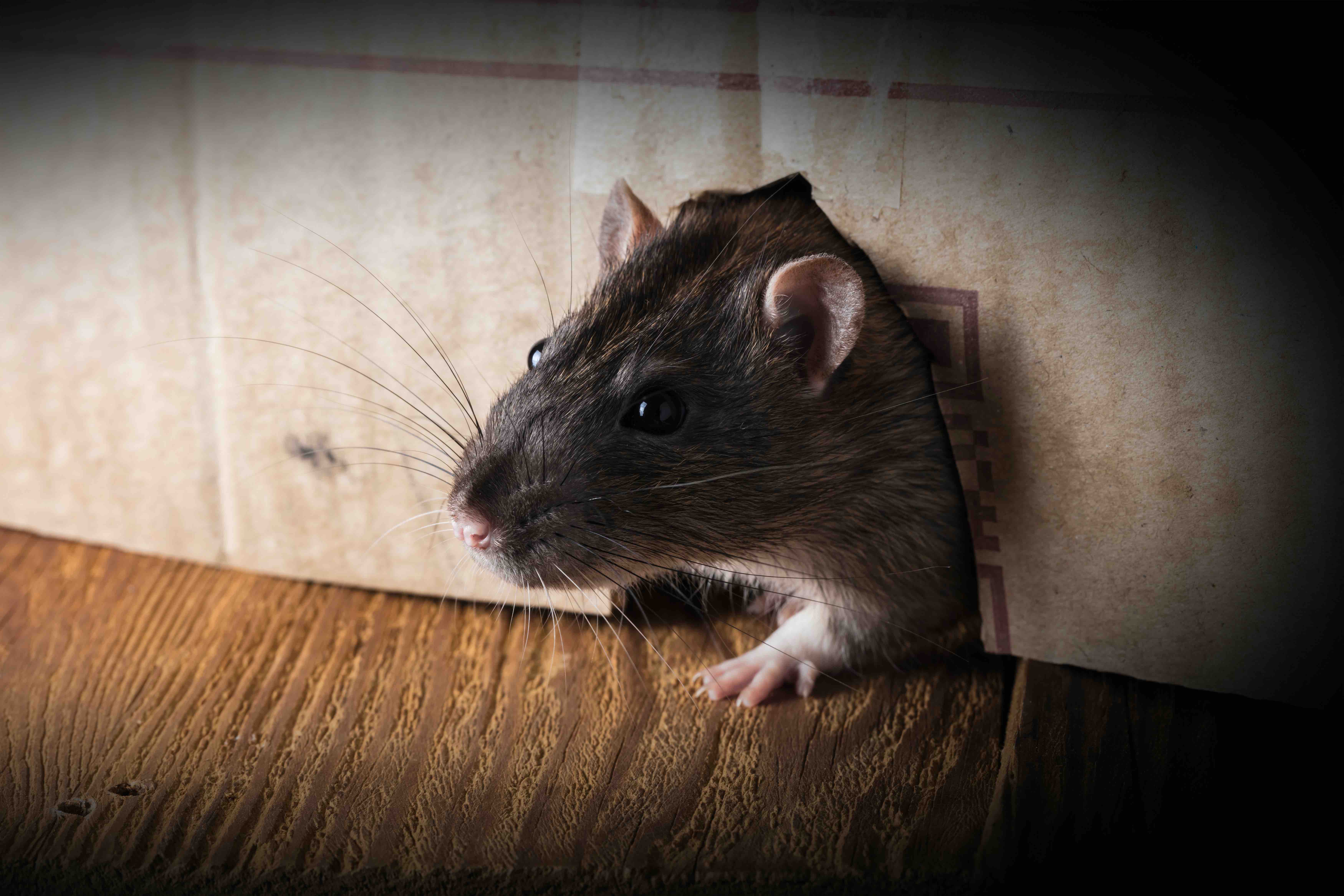
Mice are intriguing creatures that have fascinated humans for centuries. With their small size and quick movements, they have become a part of our daily lives. In this article, we will delve into the captivating world of mice and uncover 18 interesting facts about these fascinating creatures.
The Diverse Mouse Family
Mice belong to the family Muridae, which is one of the largest families of mammals. This diverse family includes various species of mice, rats, voles, and other rodent-like animals.
Mouse Species Abound
There are over 1,000 species of mice found worldwide. These species can vary in size, color, and habitat, showcasing the remarkable diversity within the mouse family. The most notables species include:
- House Mouse (Mus musculus): gray or brown in color, and often found in human habitats.
- Deer Mouse (Peromyscus maniculatus): has a variety of coat colors, including brown, gray, and white.
- Field Mouse (Apodemus sylvaticus): has brownish-gray coats, and is skilled at digging burrows.
- Wood Mouse (Apodemus sylvaticus): has a reddish-brown coat and a long tail.
- Harvest Mouse (Micromys minutus): 2 to 3 inches long and are known for their prehensile tails.
- White-Footed Mouse (Peromyscus leucopus): characterized by their white feet. they are skilled climbers.
- Kangaroo Mouse (Dipodomys): has powerful hind legs, which they use for hopping.
- Spiny Mouse (Acomys): has spiky fur and the ability to shed skin as a defense mechanism.
- Dormouse (Gliridae family): has a range of colors and is found in Europe, Asia, and Africa.

Small Yet Mighty
Mice are typically small in size, ranging from 2 to 4 inches in length, excluding their tail. Despite their small stature, they have proven to be incredibly adaptable and resourceful.
Humming Heart Beats
To say that a mouse’s heart beats a mile per minute is no understatement at all. A mouse’s heart beats 500-700 per minute, easily 10 times faster than that of an average resting human. In fact, it is so fast, you barely hear them in beats but as humming sounds.
Nocturnal Creatures
Mice are primarily nocturnal, meaning they are most active during the night. This behavior helps them avoid predators and hunt for food under the cover of darkness.
Excellent Climbers
Mice are skilled climbers and can easily scale various surfaces. Their agile nature allows them to navigate trees, walls, and other vertical structures with ease.
Remarkable Jumpers
Mice are excellent jumpers, capable of leaping several times their body length. This ability allows them to escape predators and access food sources that may be out of reach.
Extraordinary Sense of Smell
Mice have a highly developed sense of smell, which they use to navigate their surroundings and locate food. Their sense of smell is crucial for survival and social communication. This makes them exceptional navigators. They rely on their spatial memory and sensory perception to find their way around.
Social Creatures
Mice are social animals that often live in colonies. They establish complex social structures and communicate through a combination of vocalizations, scent marking, and body language.
Omnivorous Appetite
Mice have an omnivorous diet, meaning they consume both plant matter and small animals. They feed on seeds, grains, fruits, insects, and even small vertebrates.

Rapid Reproduction
Mice have a high reproductive rate, with females capable of producing litters every 19 to 21 days. This rapid reproduction allows mouse populations to quickly increase in favorable environments.
Continuous Teeth Growth
Mice have a unique dental characteristic – their incisors grow continuously throughout their lives. To prevent overgrowth, they need to constantly gnaw on hard objects to wear down their teeth.
Environmental Adaptability
Mice are highly adaptable creatures that can thrive in a variety of environments. From forests to grasslands, and even human-made structures, mice have successfully colonized diverse habitats.
Lifespan and Predators
In the wild, mice typically live for about 1 to 2 years. They face numerous predators, including snakes, birds of prey, and carnivorous mammals.
Mice as Research Models
Due to their genetic similarities to humans, mice are widely used as research models in scientific studies. Their genetic makeup allows scientists to gain insights into human biology and diseases.
Mouse in Human Culture
Mice have played significant roles in human culture and folklore. They are often depicted in literature, movies, and cartoons, sometimes symbolizing traits such as curiosity and resourcefulness. Of course, mice play a significant part in the Chinese Zodiac as well.
Mouse-Proofing Your Home
Preventing mice from entering your home is essential to avoid potential damage and health risks. Seal off entry points, maintain cleanliness, and store food in secure containers to minimize the attraction of mice.

Coexistence with Mice
While some consider mice pests, it’s important to remember that they are living creatures with their own place in the ecosystem. By understanding their behavior and taking preventive measures, we can coexist with mice in a harmonious way.
Final Thoughts
Mice are captivating creatures that have managed to thrive in diverse environments, adapt to changing conditions, and provide valuable insights into the natural world. By exploring these 18 interesting facts about mice, we gain a deeper appreciation for their remarkable characteristics and their role in our ecosystem.
Frequently Asked Questions (FAQs)
Are mice dangerous?
While mice themselves are not inherently dangerous, they can carry diseases and cause damage to property. It’s important to take necessary precautions to prevent infestations and minimize potential risks.
Can mice be kept as pets?
Yes, mice can be kept as pets. They are sociable animals and can form bonds with their human owners. Proper care and attention are essential for their well-being.
How long do mice live as pets?
Pet mice typically have a lifespan of about 1 to 3 years, although some may live longer with proper care and a healthy environment.
Do mice make good companions?
Mice can make delightful companions for those who enjoy observing and interacting with small animals. They are curious, and intelligent, and can provide entertainment and companionship.
How can I prevent a mouse infestation in my home?
To prevent a mouse infestation, seal off entry points, store food securely, maintain cleanliness, and consider using traps or professional services if necessary.
Was this page helpful?
Our commitment to delivering trustworthy and engaging content is at the heart of what we do. Each fact on our site is contributed by real users like you, bringing a wealth of diverse insights and information. To ensure the highest standards of accuracy and reliability, our dedicated editors meticulously review each submission. This process guarantees that the facts we share are not only fascinating but also credible. Trust in our commitment to quality and authenticity as you explore and learn with us.
